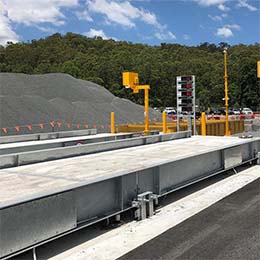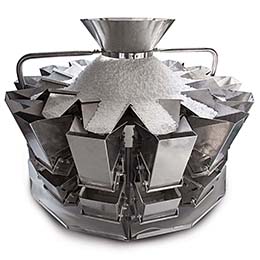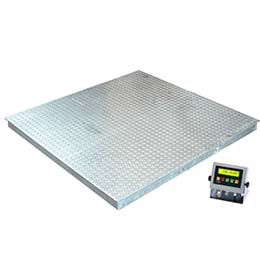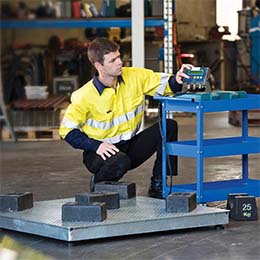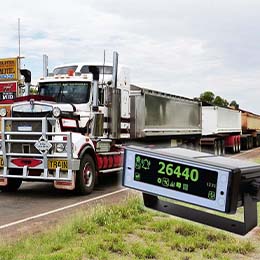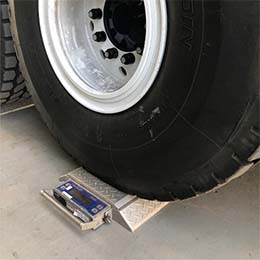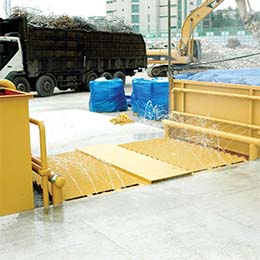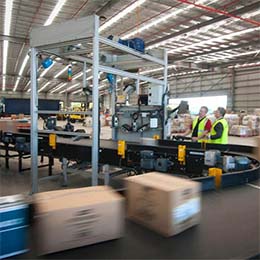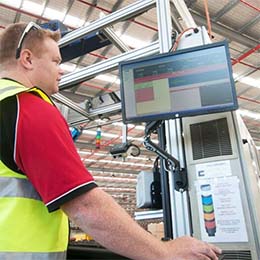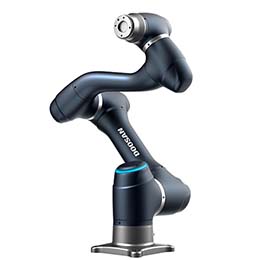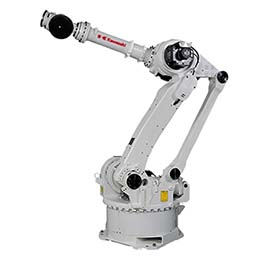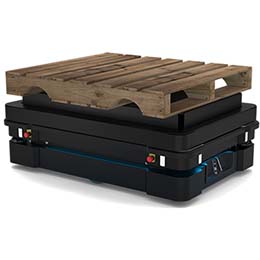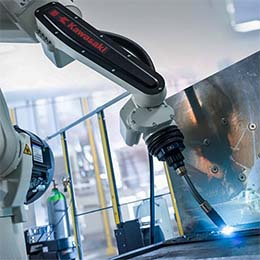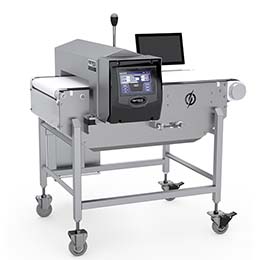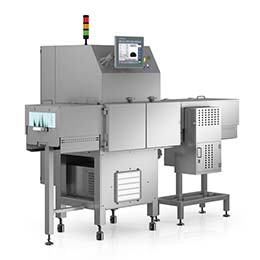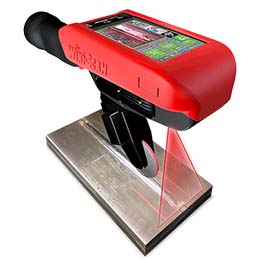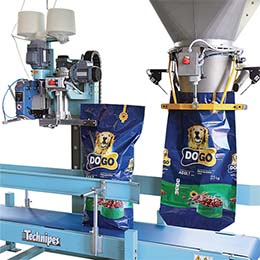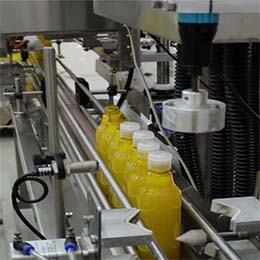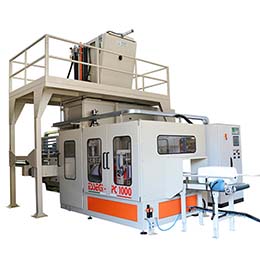Weighbridges play an important role in many different practical and legal aspects of road transportation, logistics, traffic management, invoicing, operations and profitability (to name but a few), and although their outward appearance is rugged and robust, these highly sensitive pieces of equipment do actually require careful maintenance and servicing to ensure they remain in top working order.
But how often should you service your weighbridge?
Any easy analogy is to compare a weighbridge with a car. Just as a car needs regular servicing to make sure that it remains reliable, safe to drive, roadworthy and that it performs optimally, so too does a weighbridge. And just as you need to keep the visible parts of a car clean and free from debris to maintain its driveability (like the windscreen, the seats, the interior, the consol etc), weighbridges need to be kept clean in order to minimise the risk of a breakdown and to ensure they perform their function optimally.
Operators should carry out a programme of regular inspection of all visible areas of the weighbridge such as the decks, the pits, the pendle pins and mounting cups on the load cells, under and around the plate and so on to ensure there is no build-up of dirt, dust or grease, and that water or other debris hasn’t accumulated in the pit – all of which would compromise the weighbridge performance. This visual inspection should be carried out at least once a week with more frequent checks made during the winter months when excessive rain, hail and leaves could build up around the load cells and block the drainage channels. Simple sweeping and hosing (but not pressure hosing) is generally sufficient to keep the decks clean, whilst pumping equipment may be required to drain flooded pits.
Any piece of equipment that requires movement to function will be subject to wear and tear – and like a car’s engine, the load cells themselves which are at the heart of every weighbridge, need careful monitoring and servicing to ensure these highly sensitive precision measuring instruments can perform their functions.
Several things can lead to damaged load cells, such heavy braking and excessive speed of trucks on the weighbridge deck, and it’s essential that all weighbridge components are regularly inspected, tested and adjusted if necessary in order to prolong the life of the load cells. For example, the end stops which regulate the movement of the weighbridge, need to be adjusted because the weighbridge contracts in the cooler months and expands in the heat. Failure to do so could shorten the life expectancy of the load cells.
Essentially, a weighbridge requires a regular programme of preventative maintenance and servicing in order to prevent failures and to ensure the equipment remains in top working order. Just as a car is far less likely to break down or under-perform if it has been carefully inspected and regularly maintained by qualified, experienced mechanics – the same applies to a weighbridge.
So, it is worth investing time and effort in a quality service and preventative maintenance programme in order to prolong the life of the equipment and ensure its reliability and performance. Tthe key word here is ‘quality’ and in order to save costs in the long run, it’s essential to contract the servicing to a professional, well-trained and experienced provider.
If you’re looking for a company that provides quality weighbridge servicing with no shortcuts, look no further than Diverseco, Australia’s largest supplier of weighbridges, weighing scales and product inspection equipment.
We have weighbridge test rigs (WBTUs) in each mainland state around Australia and are able to travel to many regional and remote sites to service and maintain weighbridges. For more information about our comprehensive weighbridge servicing programmes, workmanship and professional approach, please contact us today.

